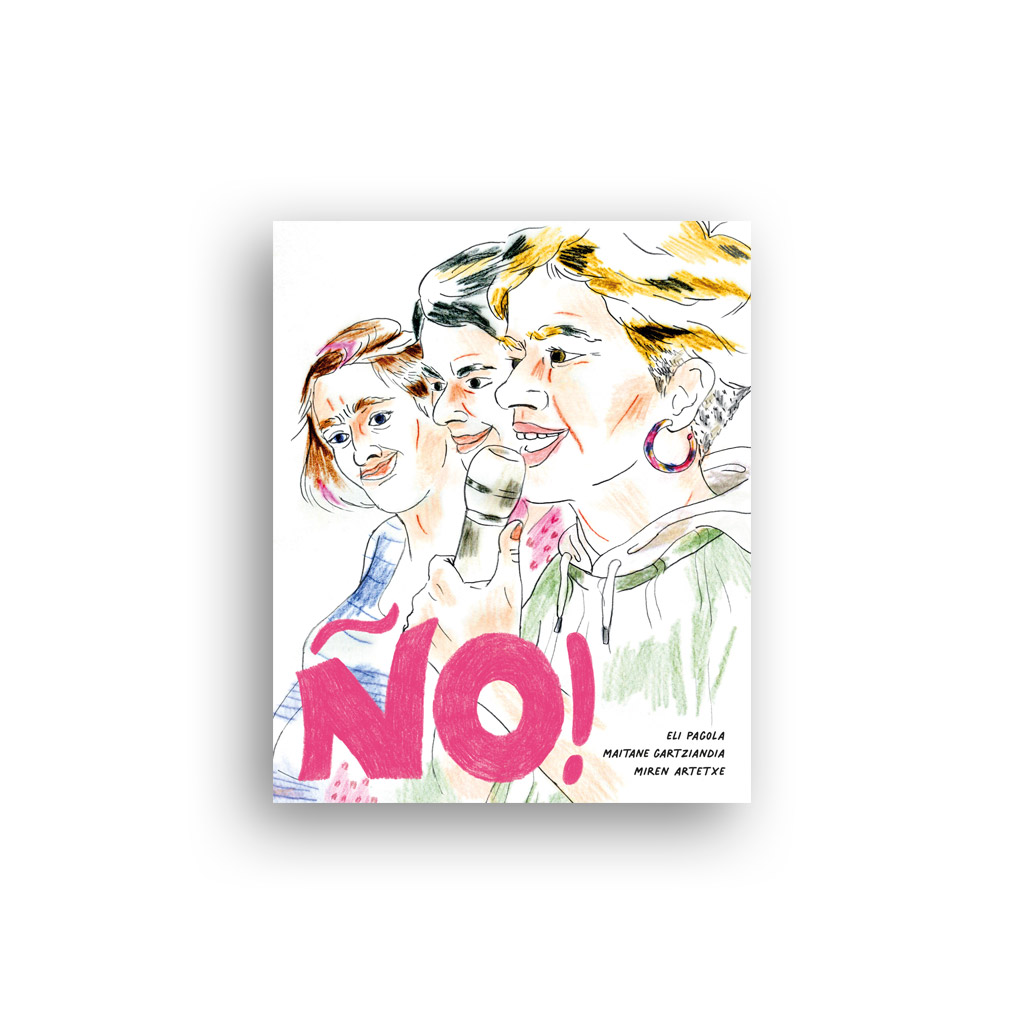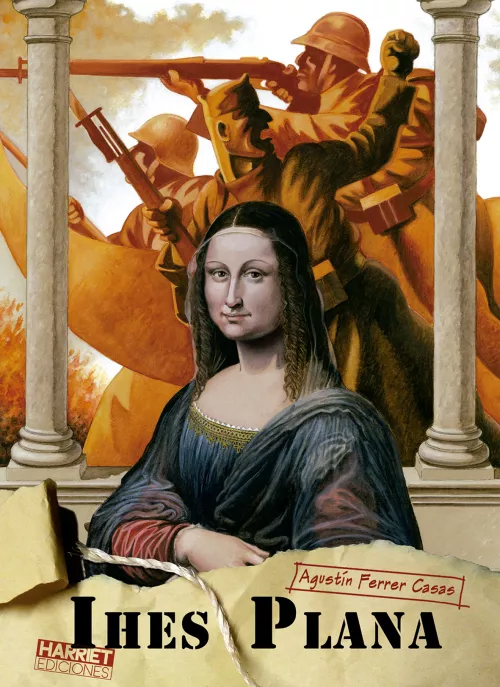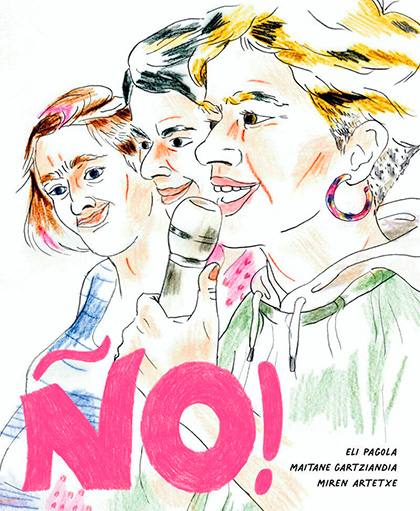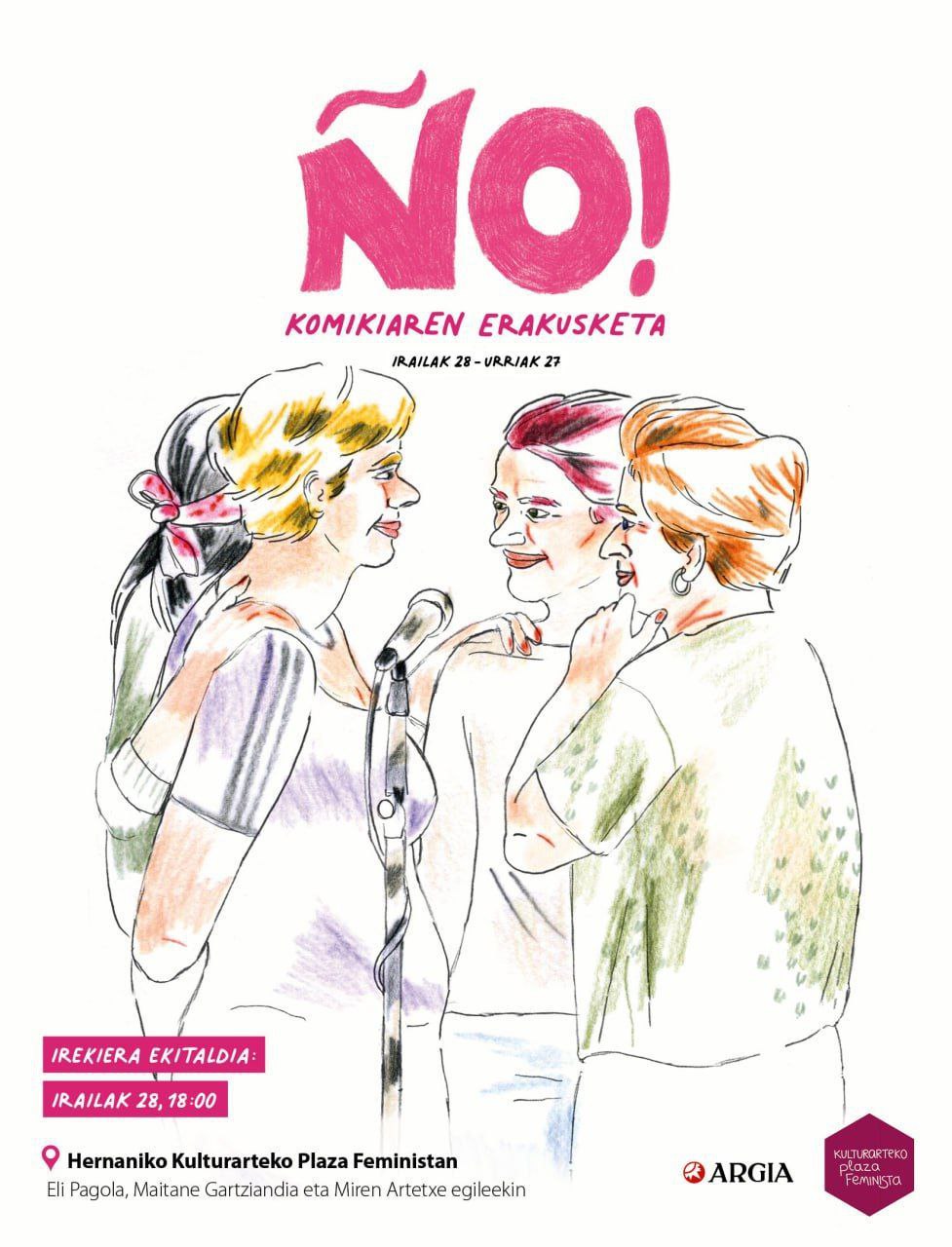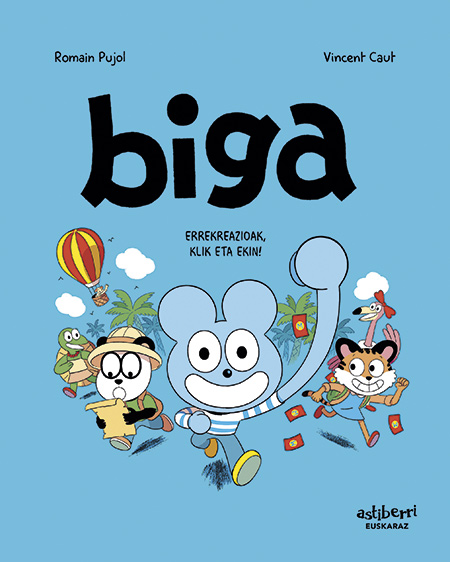The waves of the explosion have reached today
- Akira. More than two thousand pages are the history published by the Katsuhiro Otomo manguero between 1982 and 1990, in six large volumes, called Japanese tankobon, which collect stories published periodically. Summary of three single readers without time or desire to read: everything explodes.
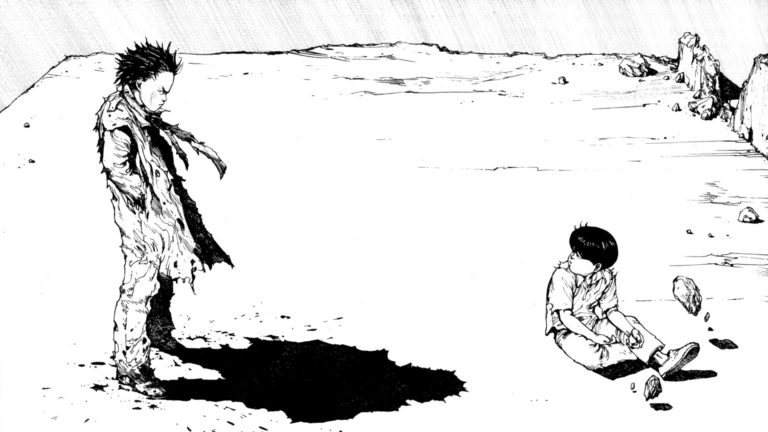
I've been thinking about making a four-word summary, in the finish it all goes back, but this, besides not being so brief, would not be true. In Akira, the characters of Otomo feel the need to fly all the time; in Akira, from several pages to several, if not all, an Olympic stadium or a gigantic sky – or some – or a plane boat, has to explode, or sink, between fires and exciting clouds.
Crossroads of Japanese, European and American comics
Founded in Japanese prefecture Miyagi on April 14, 1954, Katsuhiro is the creator of the two versions of Otomo Akira, mangarena – comic, published as has been said before from 1982 to 1990 – and anime – film released in 1988, not yet exhausting its manga – and Akira is undoubtedly the author of other more solid works of his fame. In the world of comics, Domu, of 1980, in French and English, which would translate the dreams of the children into Basque, but in Spanish, Amesgaiztoak, or Memorias, of 1990; Batman, also drawn in the brief history of The Third Mask, The Batman and White of 1996. Akira has not been her only piece in the mood, but for the reader not to get tired of the information that can be easily found on the Internet, here we will talk about Steamboy 2004.
It may not be a unanimous truth around the world, but it is not a great lie that Jiro Taniguchi is the most European of the Japanese cartoonists. In its style, Katsuhiro Otomo is also quite European, but perhaps it should be in three ways.
Among the Japanese influences of Otomo are necessarily two names read as young or seen in animated films. On the one hand, Osamu Tezuka (1928-1989), founder of Astroboy, and on the other, Mitsuteru Yokoyama, who in the 1950s created the manga of Tetsujin 28, which later, in the 1960s, was also anime. The main character, the robot Tetsujin 28, was known outside Japan as Iron Man 28 or Gigantor. In this sense, it is surely not casual Akira, because it means to the character Akira who has given the number 28.
But, along with Japanese influences, we also see the shadow of European science fiction in the style, colors and themes of Otomo, especially of French science fiction comedy and, above all, of Jean Giraund Moebius (1938-2012), with whom he also had a personal relationship. And finally, we cannot fail to mention the influence or taste of the American underground comic book, quite evident in the treatment of some issues that appear in Akira, such as violence or drug use.
Manga and anime
Probably the most iconic image of Aquira, seen from the liver, heading towards a futuristic red bike. In addition, motorcycle racing within Neo Tokyo is the best known. There may not be a few who believe that Akira is, in essence, a story of rebel mortars. And to some extent it is. In the animation version, things move far away from the controller. Some heavy characters in the comic book appear in the background, like in Lady Miya, and some significant fragments, like American participation for a errata, disappear in the normal. In fact, the film is based mainly on the first volume, in which the story of the moteros matters.
Meanwhile, Mangan is a more complicated story, with more diverse scenarios and a broader collection of characters and situations. The whole narrative is based on experiments carried out about thirty years earlier with several children to expand and develop their capacities. Today – we are in the future, in 2019 – the army has been raised or abducted – from where it is seen – the III that destroyed Tokyo. Those who survived after the World War. Everyone has their number, 25, 26, 27, but everyone fears that once the 28, which is sleeping, will go out. And if you're struck, if you're going to be able to control your power or if you're going to cause a disaster in Neo Tokyo. 28th. I mean, Akira. And Mangan is going to feel.
Akira is an opus magnum that should know the comic or all science fiction lovers
With the excuse of the mataz that is winding around the Akira, we will have persecution – one almost occupies an entire volume –, post-apocalyptic situation in the style of Mad Max, political intrigues, treason, reconciliation, unexpected turns and synasymmetric reflections. In Akira, in the comic book, things are happening constantly, but at the same time history is advancing slowly. The dialogues are not a little, but there are many pages that have no words and that, therefore, allow you to enjoy the spectacular details of Otomo, which are not just reading. In the other Akira, cheering, things happen constantly, but perhaps the line that goes from anger to finishing is something more direct than in the manga. However, both mango and mood share a number of characteristics and themes. First of all, although we do not understand what we are seeing – and the reader has this feeling from time to time – the dynamism and strength of the images leads us to move forward. To follow, although shorter than manga, the mood has kept the big themes of the manga: the culture of the moteros that we have already mentioned, interesting in this sense the 1976 documentary, Godspeed You Black Emperor, directed by Mitsuo Yanagimachi; the young, with no future, but used by the government to experiment; political corruption; the street protests, most ruthless in the film. And finally, the main symbol at the center of both formats: Akira is asleep, but if it ever went off, what would its strength, another disaster or a bright new future mean? Where Akira puts, let the reader put Japan, and the desire and terror that go through the anime and manga – II. You will see the desire to awaken Japan once and for all after the defeat and occupation of the World War, and at the same time the panic sheet, which will involve the awakening of Japan. As in other products of Japanese pop culture, Godzilla is the first to come to the head, because the shadow of the war in Akira is long: from the atomic bomb to the American occupation. However, unlike the mood, the survivors of all the disasters that have passed in two thousand pages in manga, led by our moteros, will expel from Neo Tokyo the international army that came to “help”.
Tetsuo, Stranger Things, Terminator
It's been 40 years since Katsuhiro started drawing Otomo Akira, and it's still a hard work to seduce the reader. It's not just a paper that anyone who likes manga should read; in general, it's a magnetic opus that should know the comic book or all those who love science fiction. Akira began publishing in the US in 1988 with Epic Comics, who was part of Marvel. Although the original manga is black and white, they decided to make the American edition in color. Chosen by Otomo, Steve Oliff was in charge of giving color to the American edition and his work had the approval of the manga. Otomo also agreed to adapt the order of the pages to Western customs, that is, the reader would read the comic from left to right, not from right to left, as usual in Japan. Currently, both versions can be acquired easily, in black and white, from right to left, or in Oliff color. Both are very beautiful, and what I normally prefer is the original version, you have to recognize that the colored version is also impressive.

Akira’s influence, both of mood and manga, reaches Artio today. Tetsuo is the name of one of the main characters and it is surely no coincidence that Shinya Tsukamoto’s masterpiece of Japanese cyberpunk, released in 1989, is called Tetsuo. In Tsukamoto’s film the protagonist’s body will change radically with the joining of the metal and Tetsuo’s body will undergo spectacular changes in Otomo’s manga. In fact, Tetsuo's metal arm, which replaces the lost real arm, remembers in the second part of Terminator the metal apex shown by Arnold Schwarzenegger. Let's come to Stranger Things, the 1980s reference series, in which the government is secretly experimenting with children with special telekinetic powers. Look! Like in Akira. And in Eskil Vogt's De Uskyldige (Innocent) in movie theaters as they write these lines, three children's mental powers work best if they sync with each other, as happens again in Akira.
Akira is a classic of comics and science fiction, whose influence is still evident in the works currently taking place after forty years. To us, now, the only thing we lack is to be able to ever enjoy in Basque the fascination of Akira.
Ihes plana
Agustín Ferrer Casas
Itzulpena: Miel A. Elustondo
Harriet, 2024
---------------------------------------------------------
1936ko azaroaren 16an Kondor legioko hegazkinek Madrilgo zenbait museori egin zieten eraso. Eta horixe bera da liburu honetara... [+]
SCk Zerocalcareri egindako galdera sorta eta honen erantzunak, jarraian.
Bildumako azken alea izango dela jakinarazi dute: lehenbizikoa Ni-ari buruzkoa izan zen, eta bigarrena Zu. Bigarren hura bezala, autoedizioan kaleratu du honakoa ere.
Ño!
Texts: Illustrations Eli Pagola and Miren
Artetxe: Luz Maitane
Gartziandia, 2023
------------------------------------------------------
Before and after the comic, both on the skin and back provided, as well as inside tapas and tapas, there are images and words... [+]
Biga (5 books)
Screenplay: Illustrations Romain
Pujol: Vincent Seguros
Astiberri
----------------------------------------------------
We've read eleven stories at home to our seven- and nine-year-olds, and I would say that I've never seen them so hooked that with the... [+]
Screenplay
Anker: Gregorio muro harriet
Illustrations: Alex Male
Color: Garluk Aguirre
Harriet, 2023
The Anker comic is located in January 2019. In the Russian regions, near the borders of China and North Korea. It shows the mafias that are flourishing the Siberian... [+]











